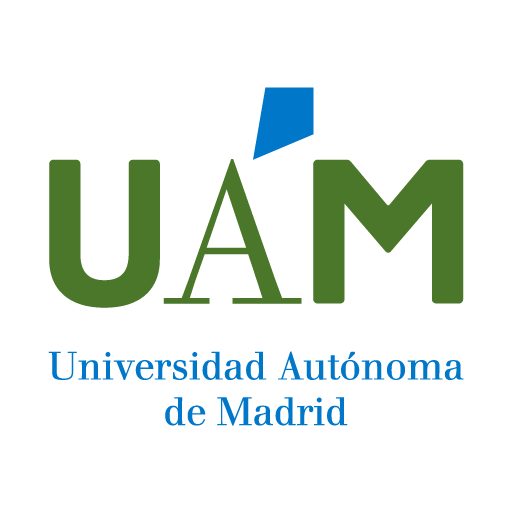Surgical anatomical landmarks for arthroscopic repair of subscapularis tendon tears
Publicated to:Clinics In Shoulder And Elbow. 27 (3): 272-277 - 2024-09-01 27(3), DOI: 10.5397/cise.2023.01165
Authors: Alegre, Javier Martinez
Affiliations
Abstract
Background: Subscapularis repair has recently garnered significant interest. A thorough understanding of the tendon's anatomy is essential for precise and safe repair. Our objectives were to describe the anatomy of the subscapularis insertion, define its landmarks, and analyze nearby structures to guide arthroscopic repair. Methods: We conducted an anatomical study, dissecting 12 shoulders. We evaluated the distance from the footprint to the axillary nerve, the dimensions, and shape of the footprint, and its relationship with the humeral cartilage. Results: The distance to the axillary nerve was 32 mm (standard deviation [SD], 3.7 mm). The craniocaudal length of the footprint was 37.3 mm (SD, 4.6 mm). Its largest mediolateral thickness was 16 mm (SD, 2.2 mm), wider at the top and narrower distally. The distance between the footprint and the cartilage varied, being 3.2 mm (SD, 1.2 mm) in the upper part, 5.4 mm (SD, 1.8 mm) in the medium, and 15.9 mm (SD, 2.9 mm) in the lower part. Conclusions: When performing a repair of the subscapularis tendon, the distance to the cartilage should be carefully evaluated as it varies proximally to distally, and the shape of the footprint (wider proximally, tapered distally) should be considered for implant positioning. The distance to the axillary nerve is approximately 30 mm. Anterior visualization guarantees direct control of all landmarks and allows accurate implant positioning with safe tendon release. Level of evidence: IV.
Keywords
Quality index
Bibliometric impact. Analysis of the contribution and dissemination channel
The work has been published in the journal Clinics In Shoulder And Elbow due to its progression and the good impact it has achieved in recent years, according to the agency WoS (JCR), it has become a reference in its field. In the year of publication of the work, 2024 there are still no calculated indicators, but in 2023, it was in position 61/136, thus managing to position itself as a Q2 (Segundo Cuartil), in the category Orthopedics.
Independientemente del impacto esperado determinado por el canal de difusión, es importante destacar el impacto real observado de la propia aportación.
Según las diferentes agencias de indexación, el número de citas acumuladas por esta publicación hasta la fecha 2025-07-04:
- WoS: 1
- Scopus: 2
Impact and social visibility
Leadership analysis of institutional authors
There is a significant leadership presence as some of the institution’s authors appear as the first or last signer, detailed as follows: Last Author (Alegre, Javier Martinez).
the author responsible for correspondence tasks has been Alegre, Javier Martinez.



